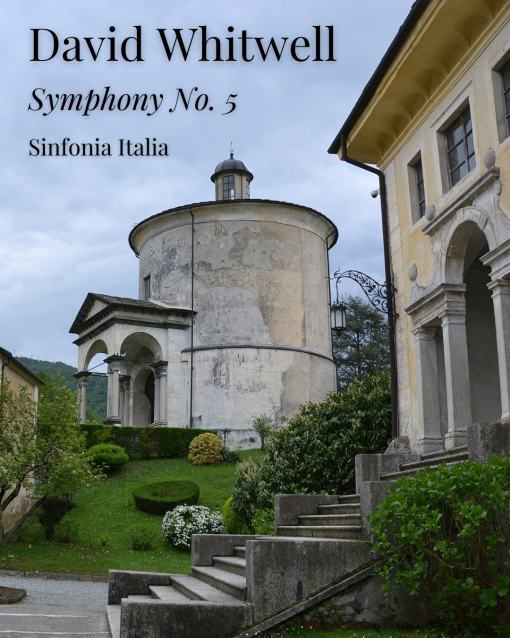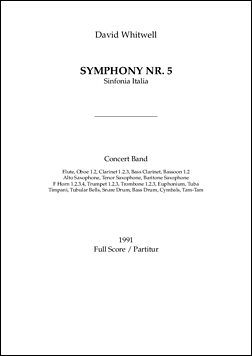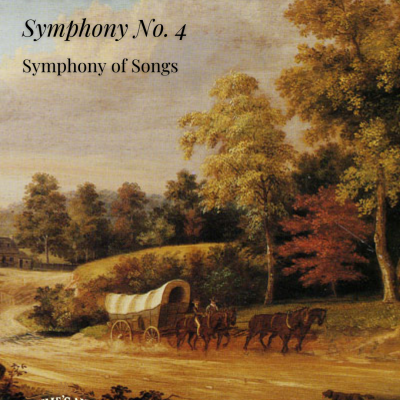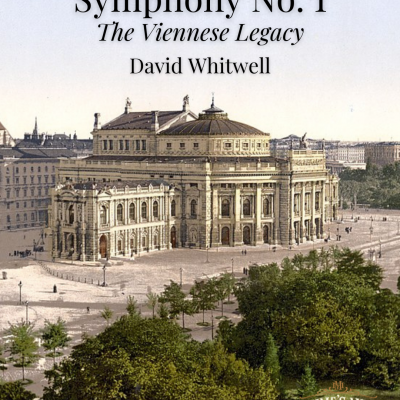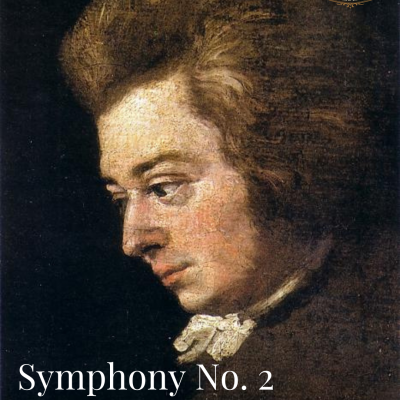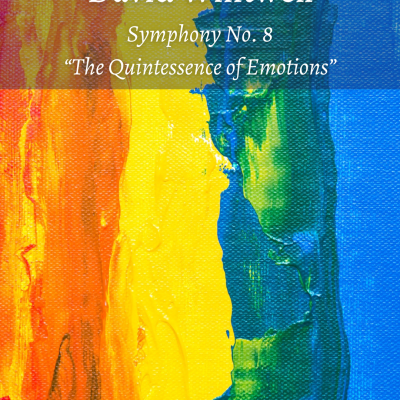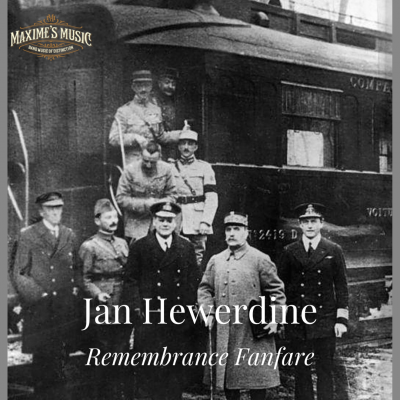Description
Symphony Nr. 5, “Sinfonia Italia”
David Whitwell (1937–)
Date: 1991
Instrumentation: Concert Band
Duration: 15:00
Level: 5
Notes
Symphony Nr. 5, “Sinfonia Italia” (1991)
I. Dawn on Monte Rosa
II. Sacro Monte
III. La Visione
During the Winter of 1990–1991 I was invited to serve as the President of the Jury for an international piano contest in Italy, which led to my spending some time hiking in the mountains west of Milano. This Symphony came to mind during that period and was written after I returned to Los Angeles.
Monte Rosa is the highest mountain in Italy, a very large and imposing sight in all respects.
Sacro Monte refers to a small local shrine in the mountains near Varallo. It consists of a series of tableaus of life-size figures carved by local artists depicting the final days of Jesus. When I visited it was in disrepair with the figures covered in dust, all of which added to a sense of the ancient. While walking around this outdoor shrine I heard distant church bells. These are heard again in this movement together with the singing of the village faithful (represented by the singing of the audience).
The title of the third movement, La Visione, refers to some private thoughts I had at the time.
Performance Notes
In the second movement the audience joins some band members in singing, every- one in unison. The audience part should be duplicated to provide each member of the audience an individual part.It will be necessary to have a brief “audience re- hearsal,” which I recommend be done before the performance and not in the middle, between the first and second movements.In this rehearsal the conductor will explain to the audience that each time they will be alerted by hearing the chimes play two pitches.Immediately following this they will hear the brass instruments perform the part they will sing in the following measure.At this point the conductor should try one of these sequences: chimes, brass and audience singing. The audience will love this idea of their having a rehearsal and they will further enjoy it if after the first at- tempt the conductor pretends to be disappointed in their performance—I did not see everyone singing—you must sing louder, etc.Finally the conductor should point out the p and f and explain their meaning—perhaps trying the forte one.All this need require only three or four minutes.
David Whitwell

